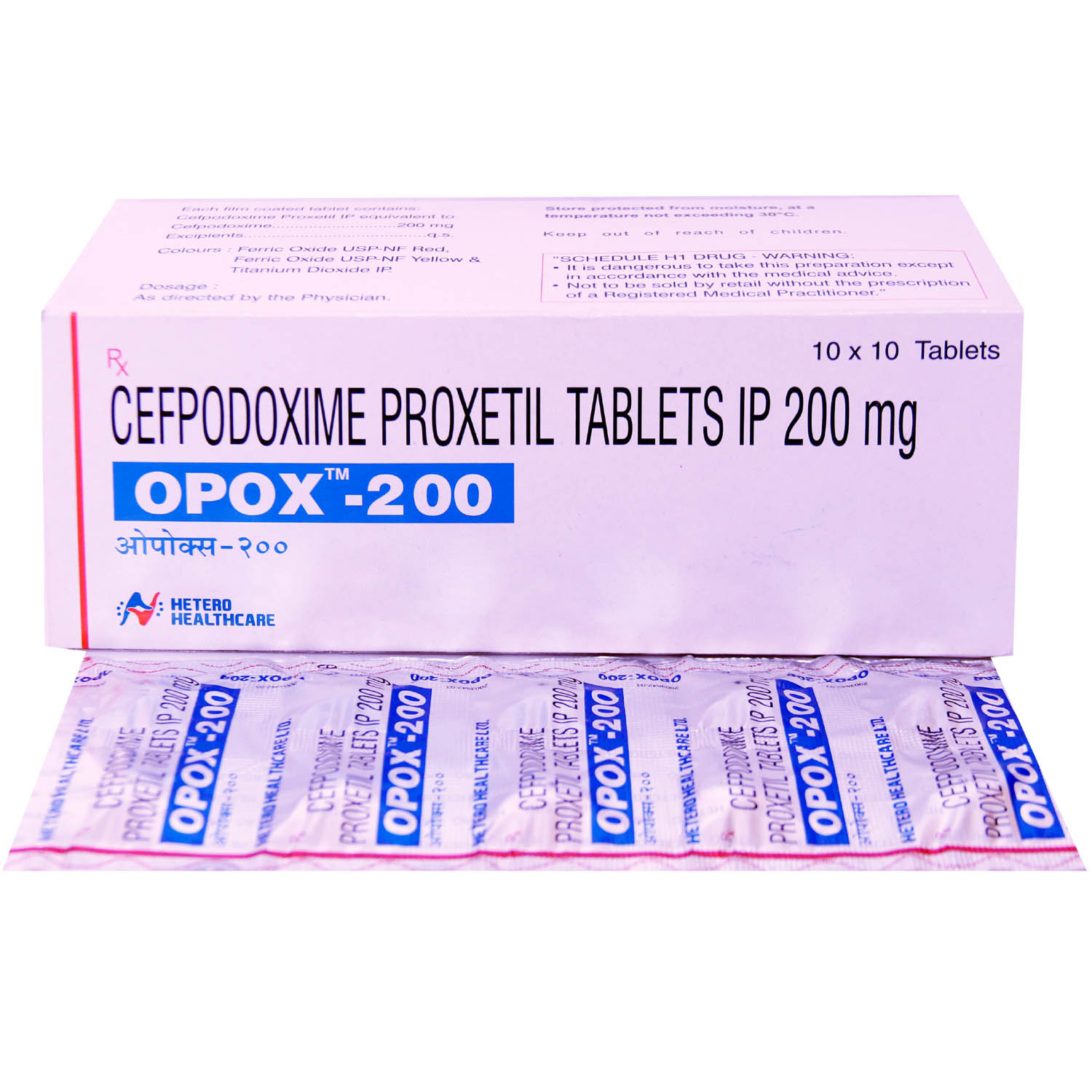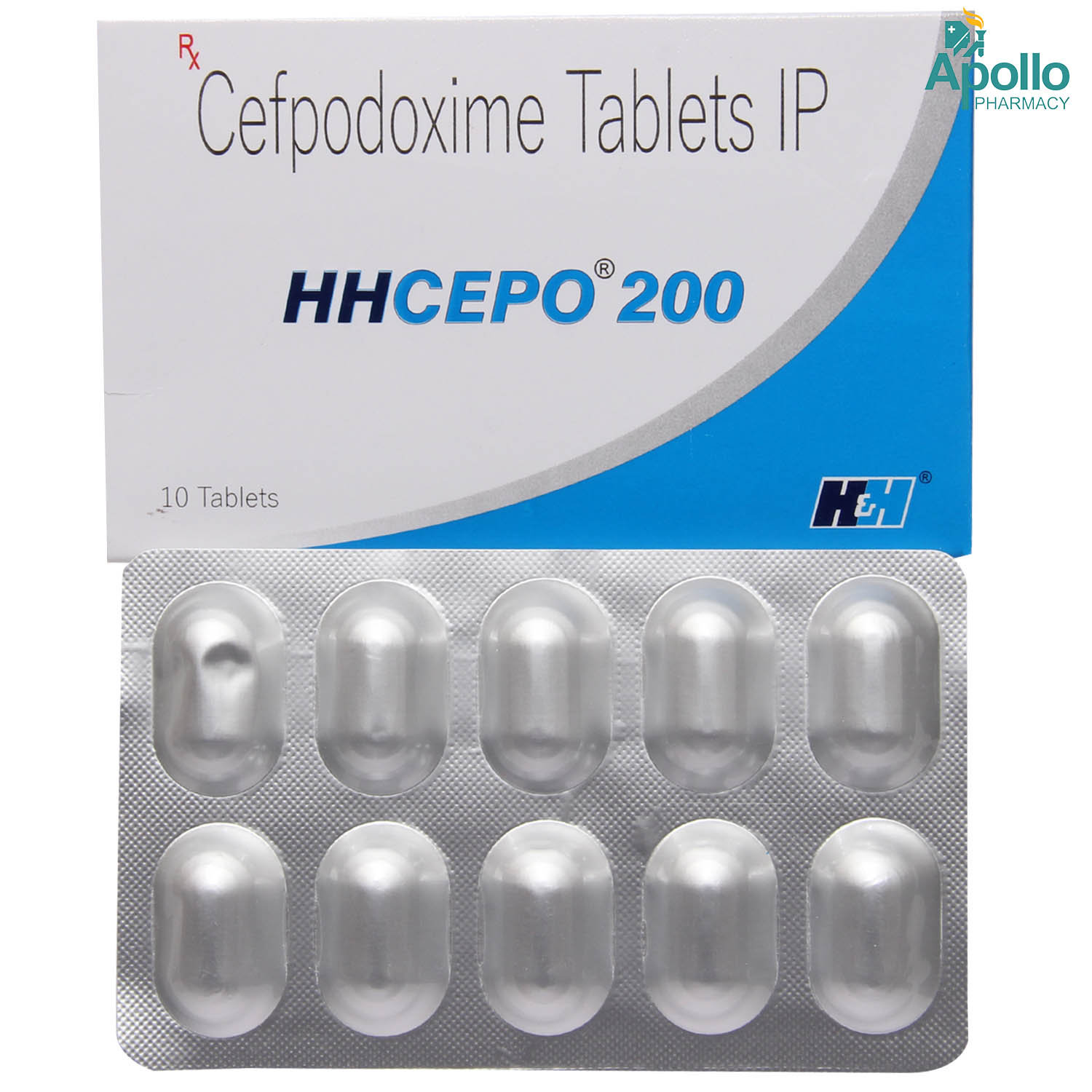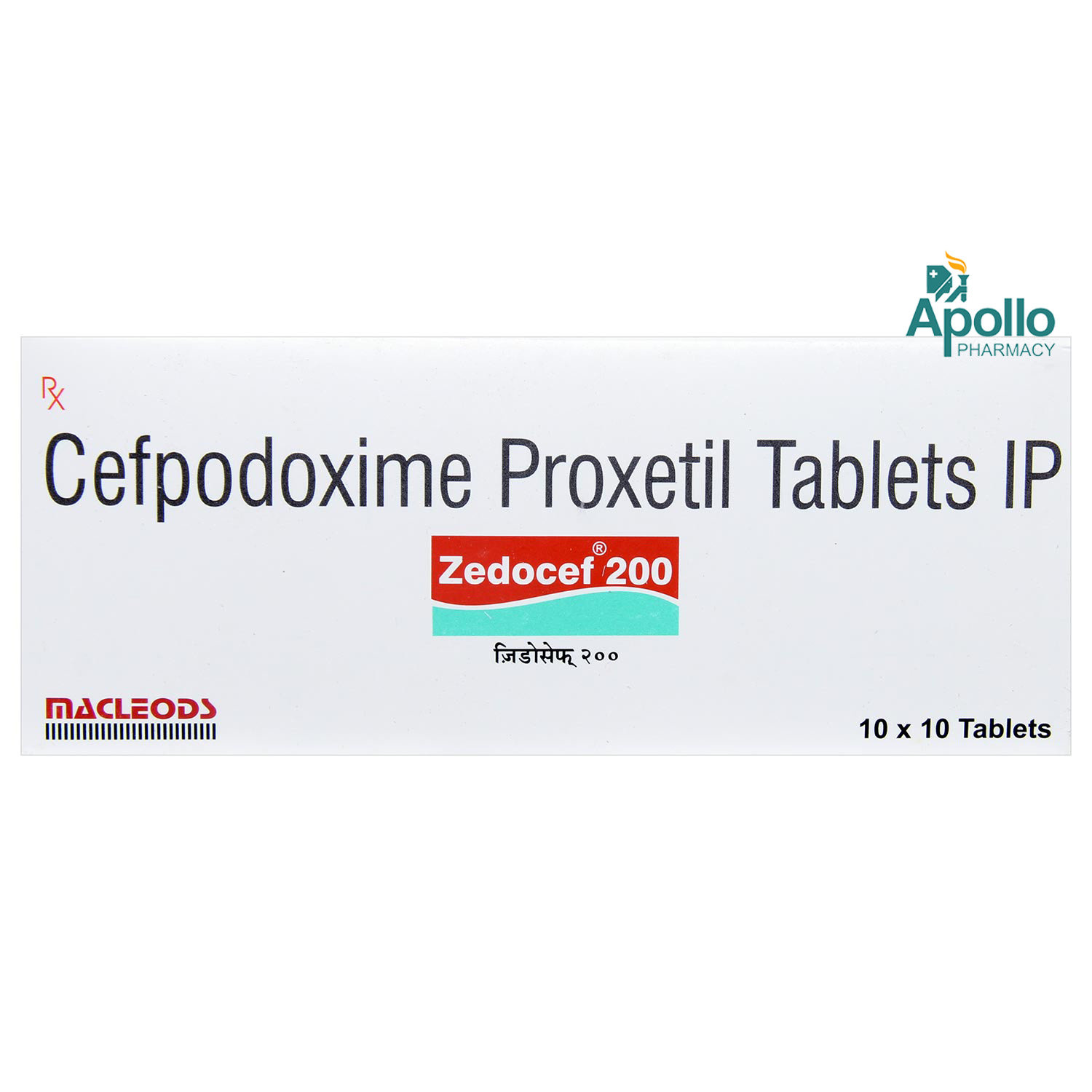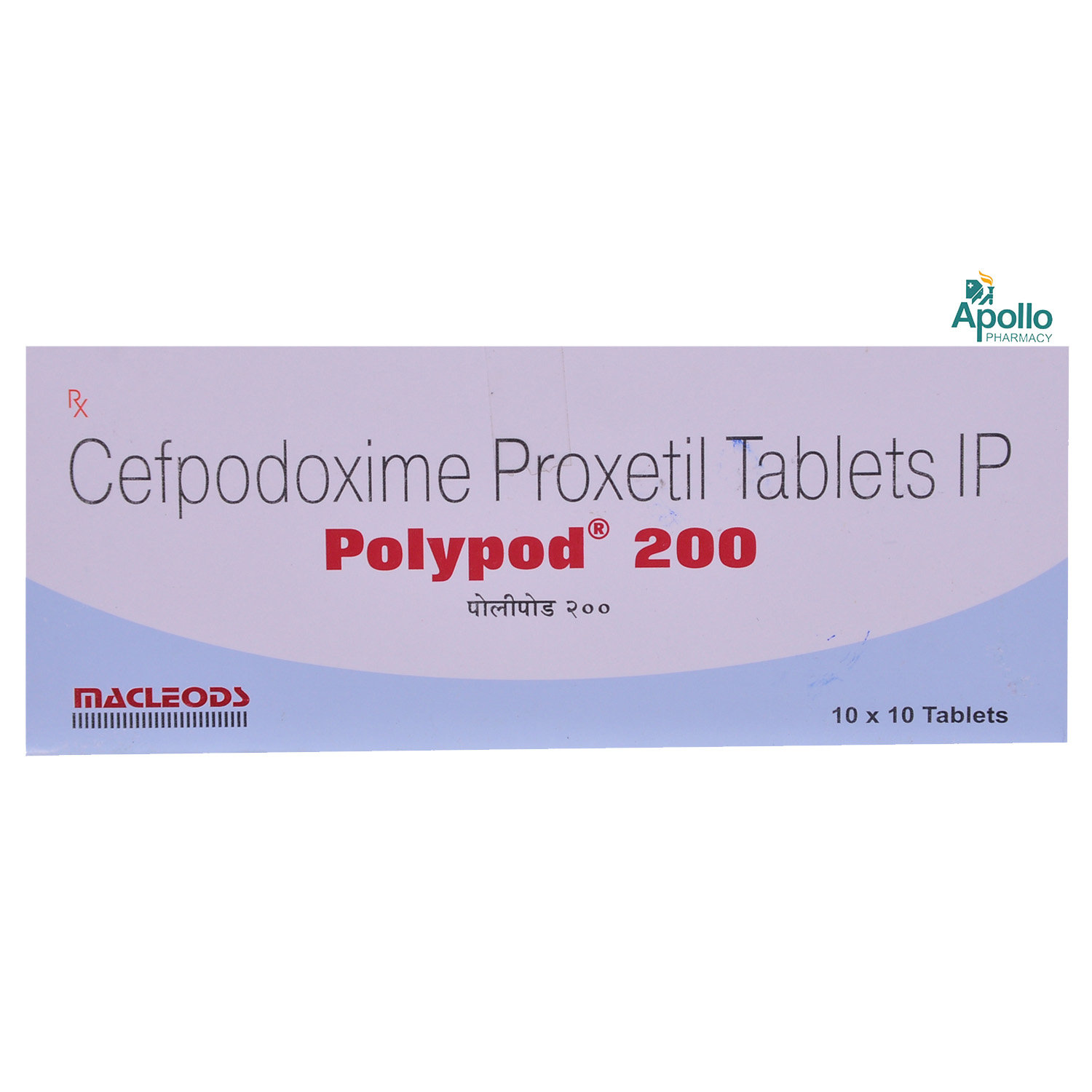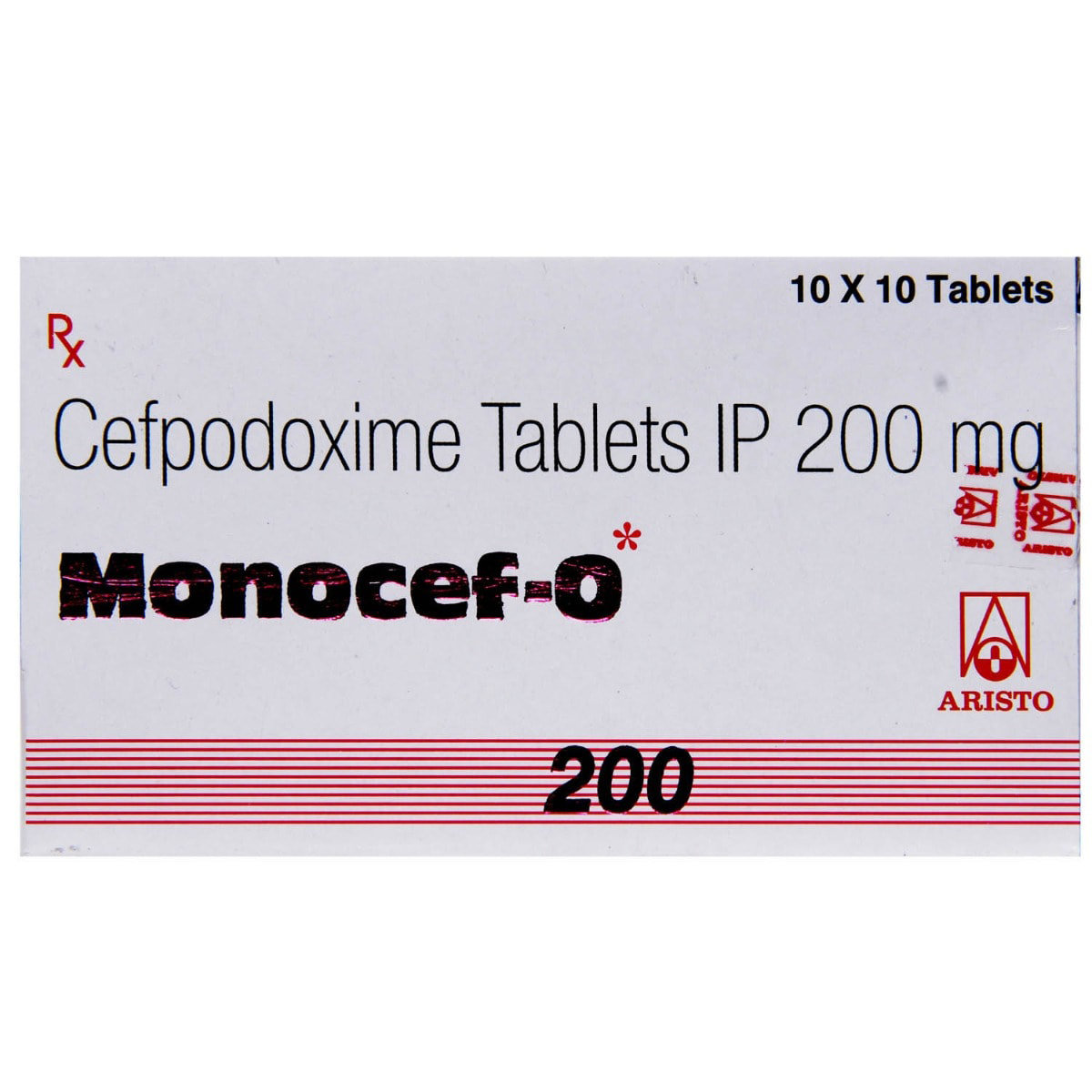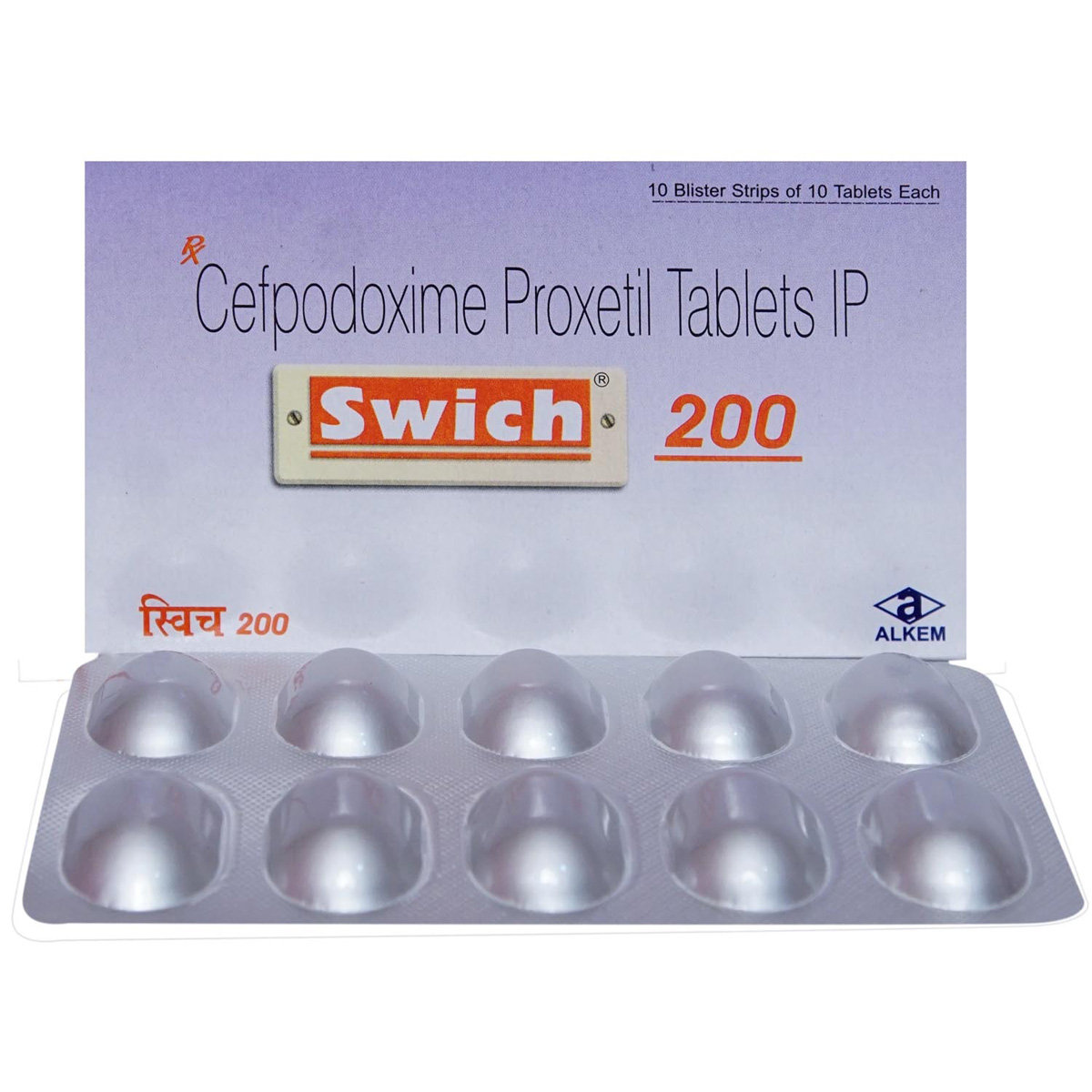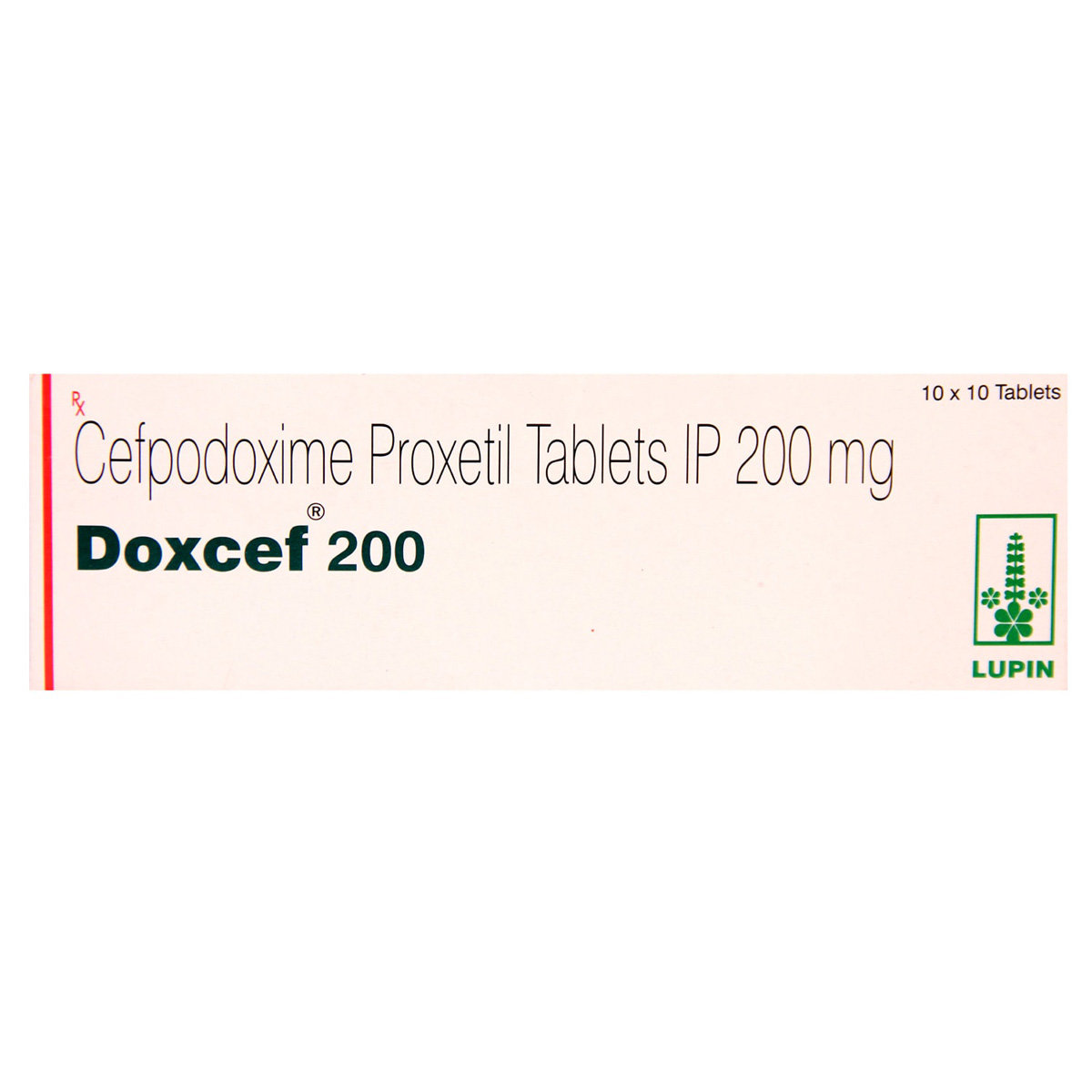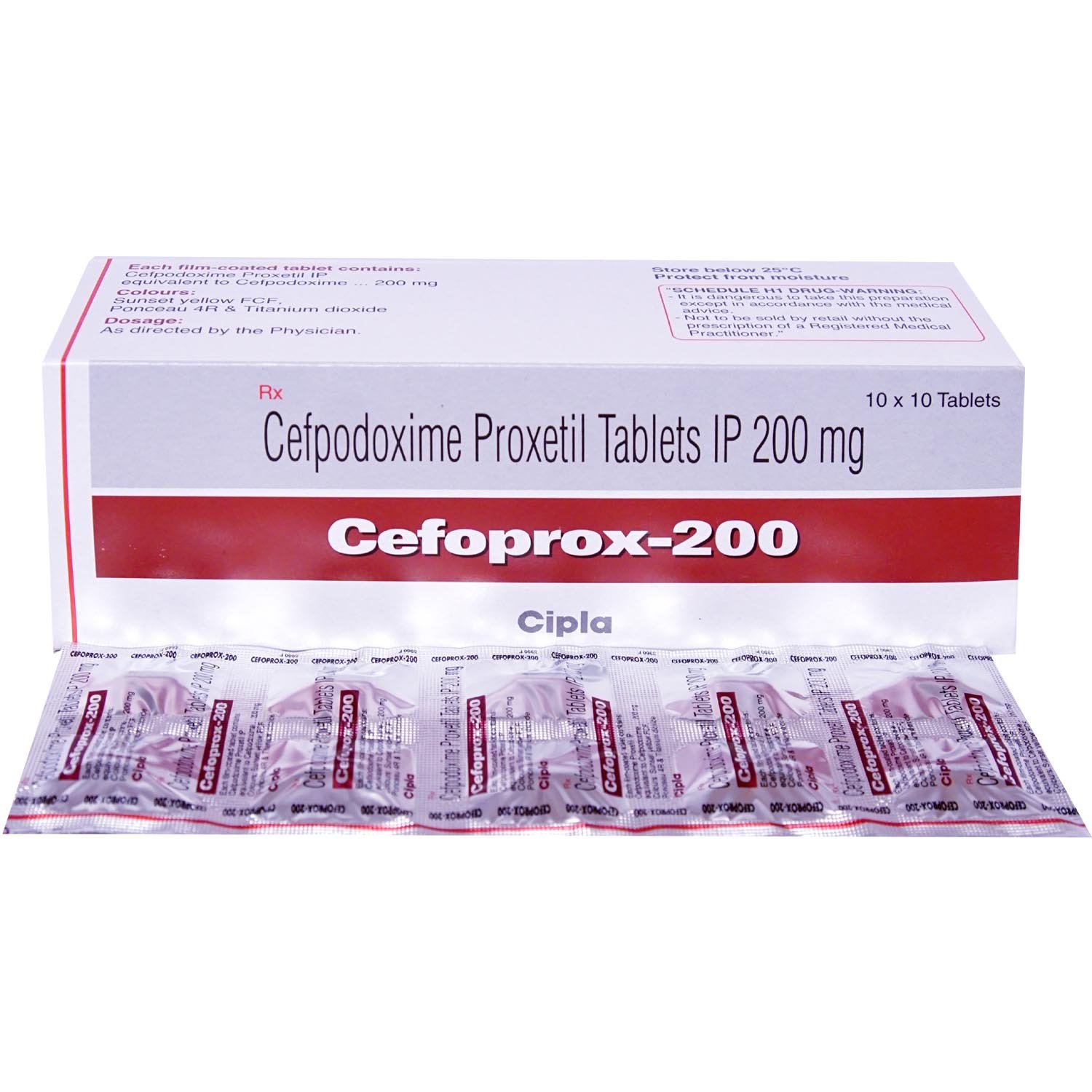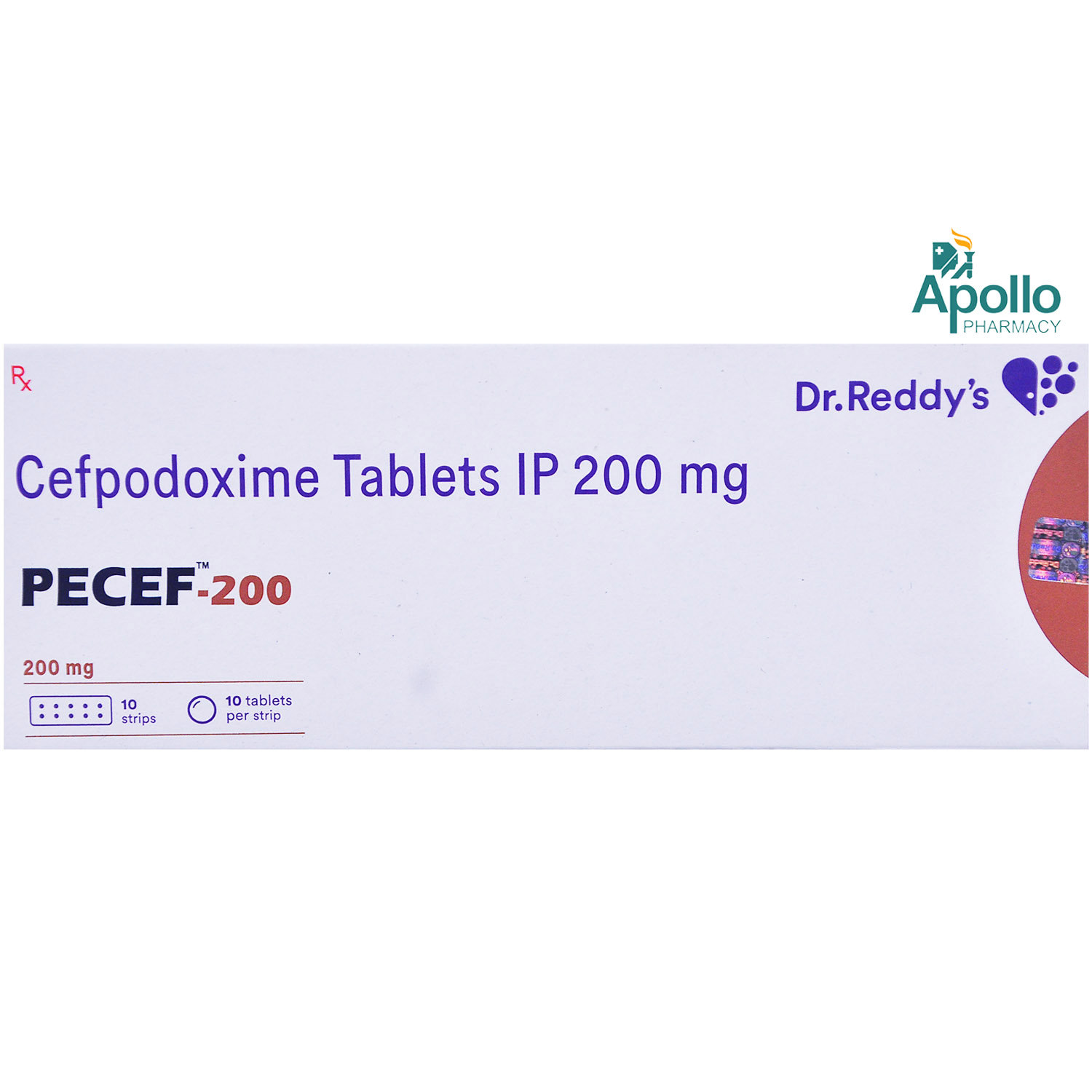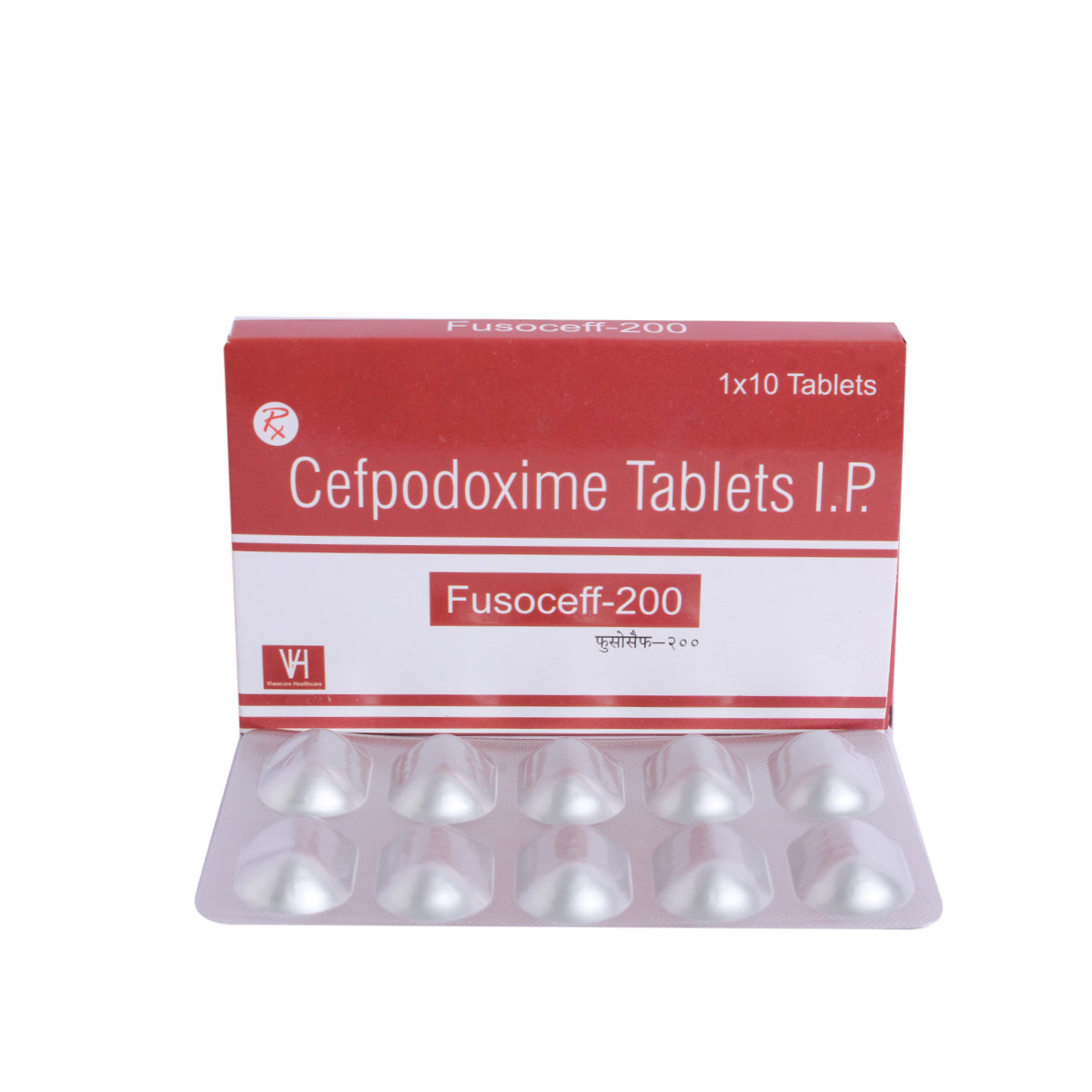Microcef-200 DT Tablet


MRP ₹179
(Inclusive of all Taxes)
₹26.9 Cashback (15%)
know your delivery time
Provide Delivery Location
Composition :
Manufacturer/Marketer :
Consume Type :
Expires on or after :
Return Policy :

Secure Payment

Trusted by 8 Crore Indians

Genuine Products
Therapeutic Class
Country of origin
Manufacturer/Marketer address
Author Details
We provide you with authentic, trustworthy and relevant information
Disclaimer
Alcohol
Safe if prescribed
Avoid consuming alcohol while taking Microcef-200 DT Tablet as it might cause increased dizziness.
Pregnancy
Consult your doctor
Microcef-200 DT Tablet belongs to pregnancy category B. Please consult your doctor if you are pregnant; your doctor will prescribe Microcef-200 DT Tablet only if the benefits outweigh the risks.
Breast Feeding
Consult your doctor
Microcef-200 DT Tablet passes into breast milk. Please consult your doctor if you are breastfeeding.
Driving
Safe if prescribed
Microcef-200 DT Tablet may cause dizziness, do not drive or operate heavy machinery if you feel dizzy.
Liver
Consult your doctor
Dose adjustment may be needed. Please consult your doctor if you have any concerns regarding this or if you have liver impairment/liver disease.
Kidney
Consult your doctor
Dose adjustment may be needed. Please consult your doctor if you have any concerns regarding this or if you have kidney impairment/kidney disease.
Children
Safe if prescribed
Microcef-200 DT Tablet is safe for children if prescribed by the doctor. However, the use of Microcef-200 DT Tablet is not recommended for children below 2 months as safety and efficacy have not been established.
Product Substitutes
About Microcef-200 DT Tablet
Microcef-200 DT Tablet belongs to the group of cephalosporin antibiotics used to treat a wide range of bacterial infections of the ear, nose, throat, lower respiratory tract, urinary tract, skin, and soft tissue. Bacterial infections are caused due to the multiplication of harmful bacteria inside or on the body. Microcef-200 DT Tablet does not work against infections caused by the virus, including cold and flu.
Microcef-200 DT Tablet contains 'Cefpodoxime', which is a broad-spectrum antibiotic effective against both gram-positive and gram-negative bacteria. Microcef-200 DT Tablet works by preventing the formation of bacterial cell covering (cell wall), which is necessary for their survival. Thereby, Microcef-200 DT Tablet kills the bacteria and helps in treating and preventing the spread of bacterial infections.
In some cases, Microcef-200 DT Tablet may cause side effects such as nausea, vomiting, diarrhoea (watery or loose stool), abdominal pain, loss of appetite, bloating, skin rash and itching. Most of these side effects do not require medical attention and will resolve gradually over time. However, you are advised to talk to your doctor if you experience these side effects persistently.
Talk to your doctor if you have/had inflammation in the bowel, kidney or liver problems. Consult your doctor if you are pregnant or breastfeeding. Microcef-200 DT Tablet may cause dizziness, so be cautious while driving. Avoid alcohol consumption to prevent unpleasant side effects. Inform your doctor about all the medicines you are taking and your health condition to rule out any unpleasant side effects.
Uses of Microcef-200 DT Tablet
Medicinal Benefits Mweb
Key Benefits
Microcef-200 DT Tablet belongs to the group of antibiotic medicines called 'cephalosporins' used to treat a wide range of bacterial infections of the ear, nose, throat, lower respiratory tract, urinary tract, skin, and soft tissue. Microcef-200 DT Tablet is a broad-spectrum antibiotic that is effective against gram-positive and gram-negative bacteria, aerobic and some anaerobic bacteria. Microcef-200 DT Tablet works by preventing the formation of bacterial cell covering, which is necessary for their survival. Thereby, kills the bacteria and helps in treating and preventing the spread of infections.
Directions for Use
Side Effects of Microcef-200 DT Tablet
- Diarrhoea (loose or watery stool)
- Nausea
- Vomiting
- Abdominal pain
- Loss of appetite
- Bloating
Drug Warnings
Do not take Microcef-200 DT Tablet if you are allergic to cefpodoxime or any antibiotics. Before taking Microcef-200 DT Tablet , let your doctor know if you have/had inflammation in bowel, kidney or liver problems. Consult a doctor if you are pregnant or breastfeeding. Avoid alcohol consumption while taking Microcef-200 DT Tablet to prevent unpleasant side effects. Microcef-200 DT Tablet may cause dizziness, so be cautious while driving.
Drug-Drug Interactions
Drug-Drug Interactions
Login/Sign Up
Co-administration of Microcef-200mg Tab with Heparin may enhance the levels or effects of heparin by anticoagulation (preventing blood from clotting).
How to manage the interaction:
Although there is an interaction, Microcef-200mg Tab can be taken with Heparin if prescribed by the doctor. Do not stop using any medications without a doctor's advice. Do not discontinue the medication without consulting a doctor.
Co-administration of Microcef-200mg Tab with the Cholera vaccine may reduce the effectiveness of the vaccine.
How to manage the interaction:
Talk to your doctor before receiving the Cholera vaccine if you are currently being treated with Microcef-200mg Tab or have been treated within the last 14 days. To ensure adequate vaccine response, you should not receive cholera vaccine until at least 14 days after you complete your antibiotic therapy. Do not discontinue the medication without consulting a doctor.
Drug-Food Interactions
Drug-Food Interactions
Login/Sign Up
Drug-Diseases Interactions
Drug-Diseases Interactions
Login/Sign Up
Almost all antibacterial medications have been associated to reports of Clostridioides difficile-associated diarrhoea (CDAD), formerly known as pseudomembranous colitis. It can vary from mild diarrhoea to deadly colitis. Clindamycin and lincomycin are two of the most frequent offenders.
How to manage the interaction:
Antibiotics may cause Clostridioides difficile-associated diarrhoea (CDAD), which may range from mild diarrhoea to fatal colitis. Appropriate fluid and electrolyte management, protein supplementation, antibacterial treatment of C difficile, and surgical evaluation is advised.
The kidneys remove the majority of beta-lactam antibiotics as unaltered drugs and, in certain situations, as metabolites as well. In individuals with poor renal function, the blood concentrations of beta-lactam antibiotics and their metabolites may rise and their half-lives may be prolonged. According to the particular product package labelling, dosage modifications may be required. These alterations should be based on the severity of the infection as well as the degree of renal impairment. Renal function tests should be carried out on a regular basis during extended and/or high-dose therapy since these medicines have occasionally been linked to nephrotoxicity and changes in renal function.
How to manage the interaction:
The serum concentration may be increased in patients with impaired kidney function. Dose adjustment may be necessary for patients with kidney dysfunction. Regular renal function tests are advised.
Certain cephalosporins have been associated with cases of hepatitis. There has also been a brief increase in the levels of AST, ALT, and alkaline phosphatase. Patients with hepatic problems should be treated with caution and under close observation when using these medications.
How to manage the interaction:
Caution and monitoring is recommended in patients with liver disorders.
It has been suggested that cephalosporins can cause seizures. In particular in patients with a history of epilepsy and/or where prescribed doses of cephalosporins were exceeded because of renal impairment, cephalosporins have been associated with nonconvulsive status epilepticus (NCSE), encephalopathy, coma, asterixis, neuromuscular excitability, and myoclonia. Depending on the creatinine clearance, change the dosage. In individuals with known seizure disorders, anticonvulsant medication should be maintained. Patients should get a neurological exam to see if medication should be stopped if CNS side effects like seizures happen.
How to manage the interaction:
Cephalosporin antibiotics may trigger seizures. Dose adjustment may be needed.
Drug-Drug Interactions Checker List
- FUROSEMIDE
- WARFARIN
- CALCIUM+VITAMIN D3
- SODIUM BICARBONATE
- ALUMINIUM HYDROXIDE
- MAGNESIUM HYDROXIDE
- CIMETIDINE
- RANITIDINE
- LORATADINE
- PROBENECID
Habit Forming
Special Advise
- If CDAD (clostridium difficile-associated diarrhoea) is confirmed, then appropriate fluid and electrolyte management, protein supplementation, antibiotic treatment of C. difficile, and surgical evaluation should be instituted as clinically indicated.
Diet & Lifestyle Advise
- Antibiotics can alter the useful bacteria in the stomach, which help in digestion. Therefore, you are advised to take foods rich in probiotics, such as yoghurt/curd, kefir, sauerkraut, tempeh, kimchi, miso, kombucha, buttermilk, natto and cheese.
- Eat fibre-rich food like whole grains, beans, lentils, berries, broccoli, peas and bananas.
- Avoid consumption of alcohol and usage of tobacco.
All Substitutes & Brand Comparisons
RX
Not for online saleOpox-200 Tablet 10's
Hetero Healthcare Pvt Ltd
₹148.5
(₹13.37 per unit)
17% CHEAPERRX
Not for online saleHhcepo 200 Tablet 10's
Hegde & Hegde Pharmaceutica Llp
₹167.5
(₹15.08 per unit)
6% CHEAPERRX
Not for online saleZipod 200 Tablet 10's
FDC Ltd
₹170
(₹15.31 per unit)
4% CHEAPER

Have a query?
Buy best Infections & Infestation products by
Cipla Ltd
Macleods Pharmaceuticals Ltd
Alkem Laboratories Ltd
Lupin Ltd
Abbott India Ltd
Sun Pharmaceutical Industries Ltd
Mankind Pharma Pvt Ltd
Micro Labs Ltd
Aristo Pharmaceuticals Pvt Ltd
FDC Ltd
Intas Pharmaceuticals Ltd
Glenmark Pharmaceuticals Ltd
Ipca Laboratories Ltd
Torrent Pharmaceuticals Ltd
Zydus Healthcare Ltd
Biochem Pharmaceutical Industries Ltd
Zuventus Healthcare Ltd
United Biotech Pvt Ltd
Hetero Drugs Ltd
Emcure Pharmaceuticals Ltd
Alembic Pharmaceuticals Ltd
Indoco Remedies Ltd
Fusion Health Care Pvt Ltd
Dr Reddy's Laboratories Ltd
Leeford Healthcare Ltd
Cadila Healthcare Ltd
Wockhardt Ltd
Zydus Cadila
GlaxoSmithKline Pharmaceuticals Ltd
Morepen Laboratories Ltd
Blue Cross Laboratories Pvt Ltd
Cadila Pharmaceuticals Ltd
Converge Biotech Pvt Ltd
Elder Pharmaceuticals Ltd
Hetero Healthcare Pvt Ltd
Pfizer Ltd
AAA Pharma Trade Pvt Ltd
Gufic Bioscience Ltd
Mylan Pharmaceuticals Pvt Ltd
Corona Remedies Pvt Ltd
Wallace Pharmaceuticals Pvt Ltd
Apex Laboratories Pvt Ltd
Medishri Healthcare Pvt Ltd
Akumentis Healthcare Ltd
Alniche Life Sciences Pvt Ltd
Hegde & Hegde Pharmaceutica Llp
Veritaz Healthcare Ltd
Ranbaxy Laboratories Ltd
Koye Pharmaceuticals Pvt Ltd
Shreya Life Sciences Pvt Ltd
Overseas Health Care Pvt Ltd
Biocon Ltd
Indchemie Health Specialities Pvt Ltd
Medley Pharmaceuticals Ltd
Brinton Pharmaceuticals Ltd
J B Chemicals & Pharmaceuticals Ltd
Unifaith Biotech Pvt Ltd
Ajanta Pharma Ltd
Biochemix Health Care Pvt Ltd
Natco Pharma Ltd
Samarth Life Sciences Pvt Ltd
Unichem International
Laborate Pharmaceuticals India Ltd
Unipark Biotech Pvt Ltd
Zymes Bioscience Pvt Ltd
Indiabulls Pharmaceuticals Pvt Ltd
Neon Laboratories Ltd
Vasu Organics Pvt Ltd
DR Johns Lab Pharma Pvt Ltd
East West Pharma India Pvt Ltd
La Renon Healthcare Pvt Ltd
Medgen Drugs And Laboratories Pvt Ltd
Novartis India Ltd
Canixa Life Sciences Pvt Ltd
Icarus Health Care Pvt Ltd
Lincoln Pharmaceuticals Ltd
Celon Laboratories Pvt Ltd
Concept Pharmaceuticals Ltd
Klm Laboratories Pvt Ltd
Nicholas Piramal India Ltd
Systopic Laboratories Pvt Ltd
Yuventis Pharmaceuticals
Capital Pharma
German Remedies Ltd
Pristine Pearl Pharma Pvt Ltd
Unison Pharmaceuticals Pvt Ltd
Aurz Pharmaceutical Pvt Ltd
Clover Health Care Pharma
Kepler Healthcare Pvt Ltd
Allites Life Sciences Pvt Ltd
Auspharma Pvt Ltd
Intra Life Pvt Ltd
Jolly Healthcare
Linux Laboratories Pvt Ltd
Ozone Pharmaceuticals Ltd
Cachet Pharmaceuticals Pvt Ltd
Comed Chemicals Ltd
Delcure Life Sciences Ltd
Fresenius Kabi India Pvt Ltd
Khandelwal Laboratories Pvt Ltd
Frequently Bought Together
Customers Also Bought

_0.jpg?tr=q-85)

